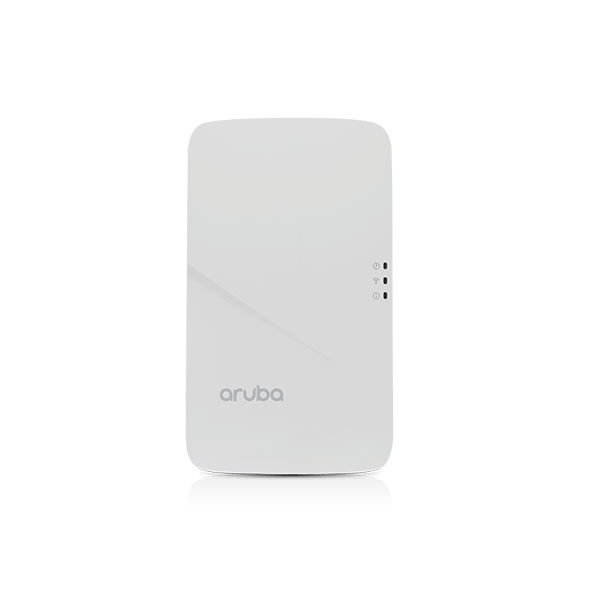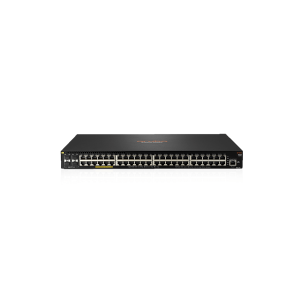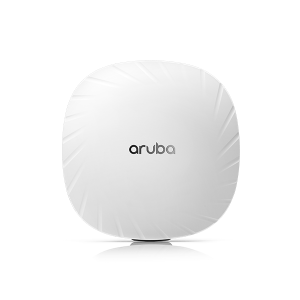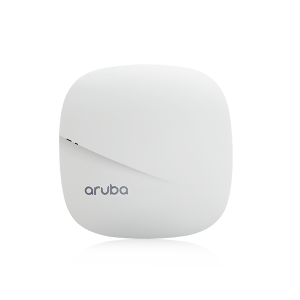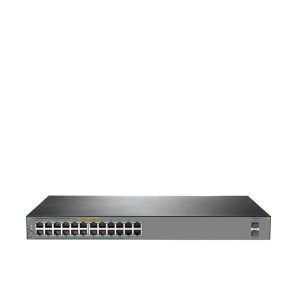Description
Specifications
Overview
- Unified dual-radio 802.11ac Wave 2 2×2:2 hospitality and branch AP with internal antennas, three local Gigabit Ethernet ports, PoE out and USB host interface.
- Supports wall-box and desk mount deployments.
Wi-Fi Radio Specifications
AP type: Indoor, dual radio, 5GHz 802.11ac 2×2 MIMO and 2.4GHz 802.11n 2×2 MIMO1
Software-configurable dual radio supports 5GHz (Radio 0) and 2.4GHz (Radio 1)
5GHz: Two spatial stream Multi User (MU) MIMO for up to 867Mbps wireless data rate to up to two (1×1 VHT80) MU-MIMO capable client devices simultaneously
5GHz: Two spatial stream Single User (SU) MIMO for up to 867Mbps wireless data rate to individual 2×2 VHT80 client devices
2.4GHz: Two spatial stream Single User (SU) MIMO for up to 300Mbps wireless data rate to individual 2×2 HT40 client devices
Support for up to 256 associated client devices per radio, and up to 16 BSSIDs per radio
Supported frequency bands (country-specific restrictions apply):
2.400 to 2.4835GHz
5.150 to 5.250GHz
5.250 to 5.350GHz
5.470 to 5.725GHz
5.725 to 5.850GHz
Available channels: Dependent on configured regulatory domain
Dynamic frequency selection (DFS) optimizes the use of available RF spectrum
Supported radio technologies:
802.11b: Direct-sequence spread-spectrum (DSSS)
802.11a/g/n/ac: Orthogonal frequency-division multiplexing (OFDM)
Supported modulation types:
802.11b: BPSK, QPSK, CCK
802.11a/g/n/ac: BPSK, QPSK, 16-QAM, 64-QAM, 256-QAM
Transmit power: Configurable in increments of 0.5 dBm
Maximum (conducted) transmit power (limited by local regulatory requirements):
2.4GHz band: +18 dBm per chain, +21 dBm aggregate (2×2)
5GHz band: +18 dBm per chain, +21 dBm aggregate (2×2)
Note: conducted transmit power levels exclude antenna gain. For total (EIRP) transmit power, add antenna gain
Advanced Cellular Coexistence (ACC) minimizes interference from cellular networks
Maximum ratio combining (MRC) for improved receiver performance
Cyclic delay/shift diversity (CDD/CSD) for improved downlink RF performance
Short guard interval for 20MHz, 40MHz and 80MHz channels
Space-time block coding (STBC) for increased range and improved reception
Low-density parity check (LDPC) for high-efficiency error correction and increased throughput
Transmit beam-forming (TxBF) for increased signal reliability and range
Supported data rates (Mbps):
802.11b: 1, 2, 5.5, 11
802.11a/g: 6, 9, 12, 18, 24, 36, 48, 54
802.11n (2.4GHz): 6.5 to 300 (MCS0 to MCS15)
802.11n (5GHz): 6.5 to 450 (MCS0 to MCS23)
802.11ac: 6.5 to 867 (MCS0 to MCS9, NSS = 1 to 2 for VHT20/40/80)
802.11n high-throughput (HT) support: HT 20/40
802.11ac very high throughput (VHT) support: VHT 20/40/80
802.11n/ac packet aggregation: A-MPDU, A-MSDU
1 256-QAM modulation (802.11ac) supported by the 2.4GHz radio as well.
Wi-Fi Antennas
Two integrated dual-band moderately directional antennas for 2×2 MIMO with maximum individual antenna gain of 4.3dBi in 2.4GHz and 6.2dBi in 5GHz. Built-in antennas are optimized for vertical orientation of the AP. The horizontal beamwidth is roughly 120 degrees.
- Combining the patterns of each of the antennas of the MIMO radios, the peak gain of the effective per-antenna pattern is 3.2dBi in 2.4GHz and 4.6dBi in 5GHz.
Other Interfaces
Uplink: 10/100/1000BASE-T Ethernet (RJ-45, back)
Auto-sensing link speed and MDI/MDX
802.3az Energy Efficient Ethernet (EEE)
PoE-PD (input): 48 Vdc (nominal) 802.3af/at PoE
Local: Three 10/100/1000BASE-T Ethernet (RJ-45, bottom)
Auto-sensing link speed and MDI/MDX
802.3az Energy Efficient Ethernet (EEE)
One port: PoE-PSE (output): 48 Vdc (nominal) 802.3af PoE
Passive pass-through interface (two RJ-45, back and bottom)
Bluetooth Low Energy (BLE) radio
Up to 4dBm transmit power (class 2) and -93dBm receive sensitivity
Integrated antenna with moderately directional pattern and peak gain of 0.9dBi
USB 2.0 host interface (Type A connector)
3G/4G cellular modems
Device battery charging port
Capable of supplying up to 1A/5 watts of power to an attached device
DC power interface, accepts 1.35/3.5-mm center-positive circular plug with 9.5-mm length
Visual indicators (LEDs):
Power/system status
Radio status
PoE-PSE status
Local network port status (3x)
Reset/LED control button (“paperclip access”)
Factory reset (when activated during device power up)
LED control: toggle off/normal
Serial console interface (custom, uUSB physical jack)
Power Sources and Consumption
The AP supports direct DC power and Power over Ethernet (PoE)
When both power sources are available, DC power takes priority over PoE
Power sources are sold separately
Direct DC power source: 48Vdc nominal, +/- 5%
Power over Ethernet (PoE): 48 Vdc (nominal) 802.3af/802.3at compliant source
Unrestricted functionality with direct DC power. When using an 802.3af PoE source, the PoE out (PSE) capability of the 303H is always disabled.
Without IPM, both the USB port and PoE out (PSE) capability are disabled when the AP is powered by an 802.3af PoE source, and either the USB port or the PoE out (PSE) capability is disabled when powered by an 802.3at PoE source (PSE capability is disabled by default).
When using IPM, the AP may enter power-save mode with reduced functionality when powered by a PoE source (see details on Intelligent Power Monitoring elsewhere in this datasheet)
Maximum (worst-case) power consumption: 9.7W
Excludes power consumed by external USB and/or PoE-PD device (and internal losses); this could add up to 6.1W (PoE) for a 5W/1A USB device and up to 15.6W for a max load (15.4W) 802.3af PoE-PD device
Maximum (worst-case) power consumption in idle mode: 4.9W (PoE) or 4.8W (DC)

